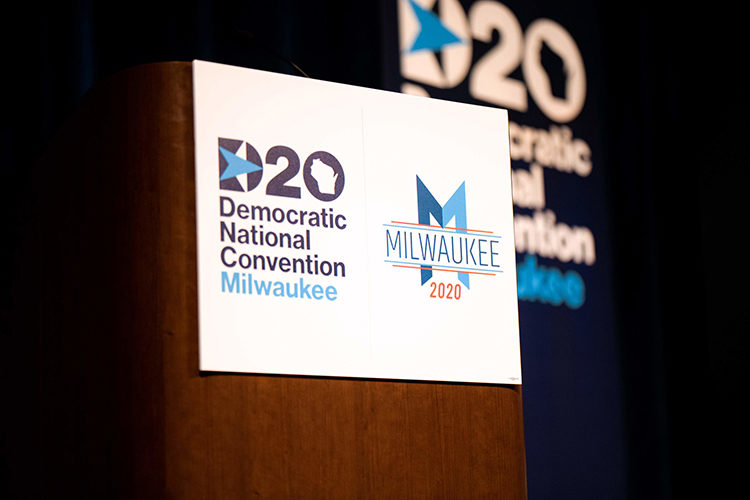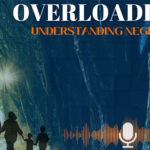The Democratic National Convention is making history this year all right.
It’s just not the kind that southeastern Wisconsin hotels, restaurants and other businesses had hoped it would make as the first major political party convention to be held in Milwaukee.
The coronavirus pandemic forced organizers to dramatically change plans. Now the official coronation of Joe Biden as the Democratic presidential candidate will be a virtual affair, presenting some new dynamics to an already unprecedented campaign.

“Usually we think about a convention as a party’s opportunity to get those delegates from all over the country together, rally the troops, whip them up and send them back to their states to work hard to get turnout,” said Kathy Dolan, a UWM distinguished professor of political science.
“And so that’s something that might be a lost opportunity,” Dolan added, “except that this year and this presidency is so different, I’m not sure it’s going to take the Democratic delegates much work to get excited about trying to get voters turned out.”
The Democratic convention, which begins Aug. 17, will be followed by the Republican National Convention. While conventions may make for must-see TV for political junkies, their influence on campaigns overall has been declining, said Thomas Holbrook, the Wilder Crane Professor of Government and distinguished professor of political science.
Holbrook found in recently updated research that the size of the post-convention polling bump that presidential candidates enjoy has decreased dramatically over the last two decades. Convention bumps for presidential candidates averaged more than six points between 1964 and 1996, Holbrook found. The average bump was just 2.4 points between 2000 and 2016.

“One thing that might limit Biden’s bump potential, and hint at a larger bump for President Trump, is that he already has a substantial lead in the polls and there might not be much room for his lead to grow,” Holbrook said.
“If Biden does manage to get a substantial bump, it may mean that his vote potential is higher than his current polling level.”
Added Dolan: “Candidates usually enjoy a bump, however slight, after a convention because of the extra media attention. I think it’s just the saturation of a party’s message that’s going to be missed more than anything.”
While cable news channels might offer extensive coverage, air time for conventions has declined steadily on the major broadcast television networks over the last few decades. Holbrook said that this year’s virtual conventions will test whether parties need to hold weeklong, in-person mega-gatherings in the future, or whether it’s enough to secure just a couple hours of television coverage every night to convey messages to voters.
Conventions also have served as the formal entry into the race of a presidential candidate’s running mate, though Dolan said that vice presidential selections usually don’t make a big difference in a race.
This campaign has been a bit different given that Biden in March committed to selecting a woman as his running mate. Since then, the racial justice movement sparked by the death of George Floyd also has become a major campaign issue.
On Tuesday, Biden announced the selection of Sen. Kamala Harris of California as his running mate, one of several women of color who were rumored to be on his short list of contenders. If Biden wins, Harris would be the first woman to be elected vice president in the United States.
The only other women to run for vice president for a major party were Democrat Geraldine Ferraro in 1984 and Republican Sarah Palin in 2008.
“People aren’t voting for the vice president necessarily,” Dolan said. “But I think this time, this selection has the potential to have a greater impact on the campaign.”







